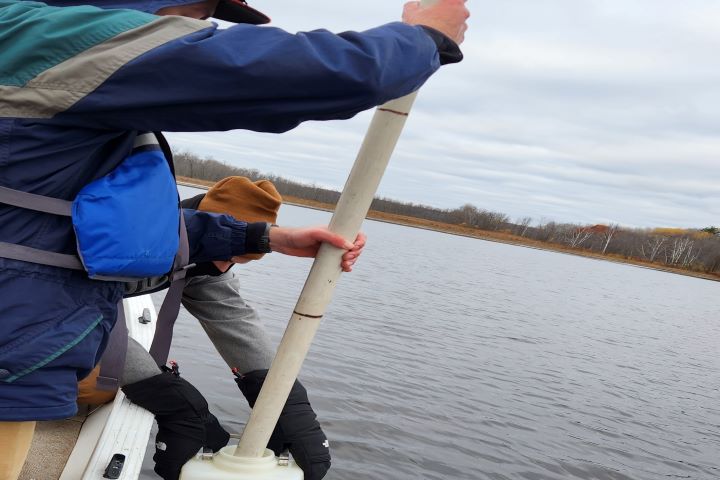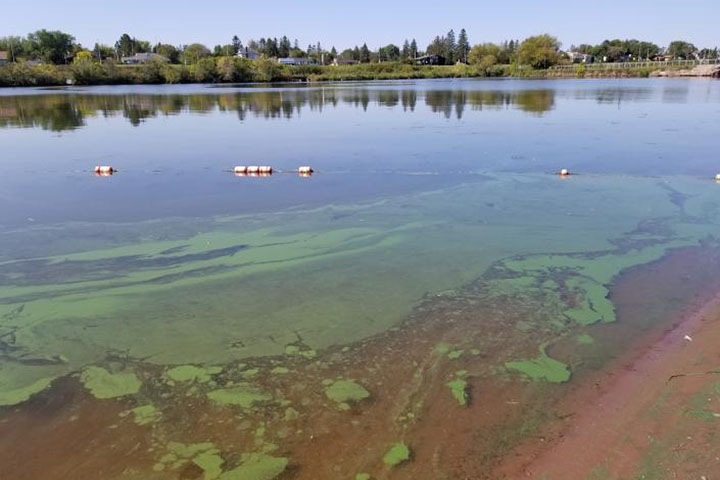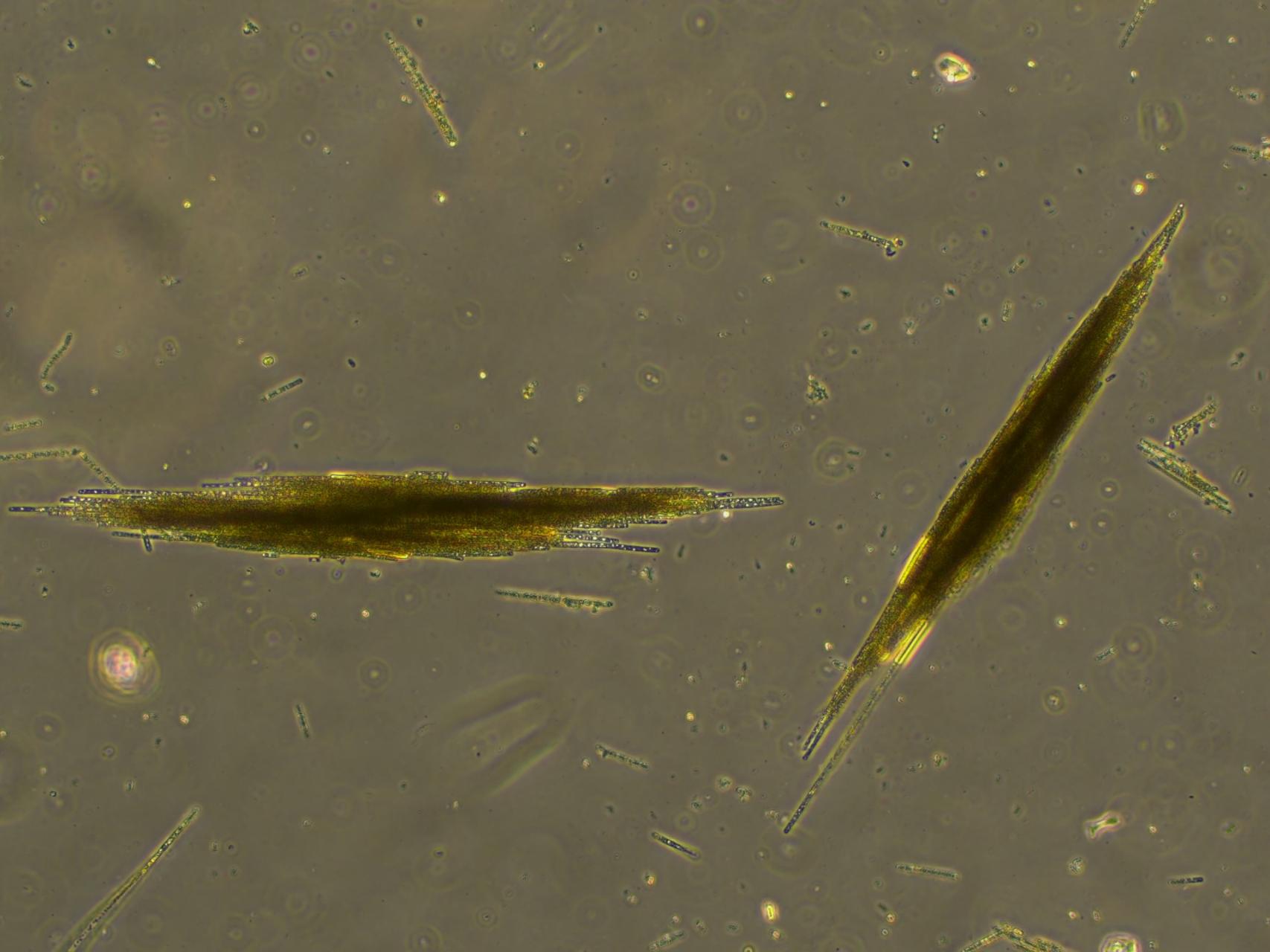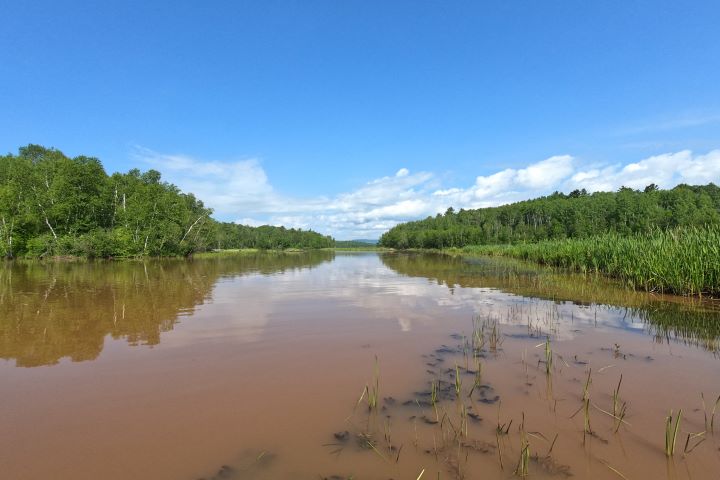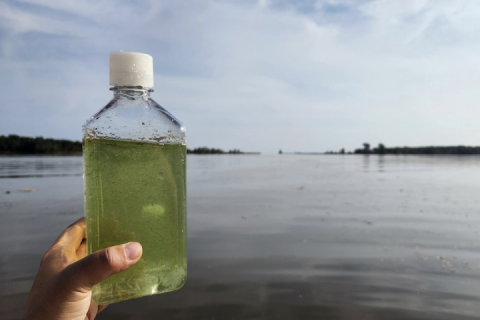
This project aims to characterize estuary nutrient and phytoplankton dynamics at the headwaters of Lake Superior as a foundation for a collaborative strategy for future monitoring and action.
Protection, remediation, and restoration efforts are revitalizing the historically contaminated St. Louis River Estuary. People from many communities are returning to the once polluted waterway with hopes of sustaining critical wildlife habitat, stewarding harvestable beds of manoomin (wild rice), and recreating on the estuary far into the future. Although the estuary will soon be delisted as an official Great Lakes Area of Concern, new water quality challenges are arising. Harmful algal blooms, one of the greatest threats to freshwater resources and human health, have recently been confirmed within the estuary and western Lake Superior, and predicted warming temperatures and more frequent and intense rain events threaten to exacerbate these blooms. Very little is known about the causes of these toxic cyanobacterial blooms and degraded algal communities, or their relationship to hypoxic events. Without this understanding, estuary water quality stewards cannot build an effective early warning system for cyanobacterial blooms nor mitigate estuary stressors. So, in addition to research on nutrient and phytoplankton dynamics, the research and management professionals on the project team will begin building a long-term monitoring program that is collaborative, transparent, and responsive to future threats.
This project team will investigate how water quality and nutrient conditions contribute to degraded algal communities in estuaries and provide a synthesis of known nutrient and algal dynamics. To aid in local and national communication of the data available, the team will create an easily interpreted data access platform. With a recommendations report for a feasible long-term monitoring program, the project aims to support the establishment of a collaborative monitoring strategy with a diverse set of intended users: Lake Superior Reserve, Natural Resources Research Institute, Fond du Lac Band of Lake Superior Chippewa, Minnesota Pollution Control Agency, City of Superior, Wisconsin Department of Natural Resources, Minnesota Department of Natural Resources, and the U.S. EPA Great Lakes Toxicology and Ecology Division.
Project lead Hannah Ramage and project team members give an introduction to "Building a Collaborative Water Quality Monitoring Strategy for a Changing St. Louis River Estuary," a collaborative research project funded in 2022 by the NERRS Science Collaborative.

